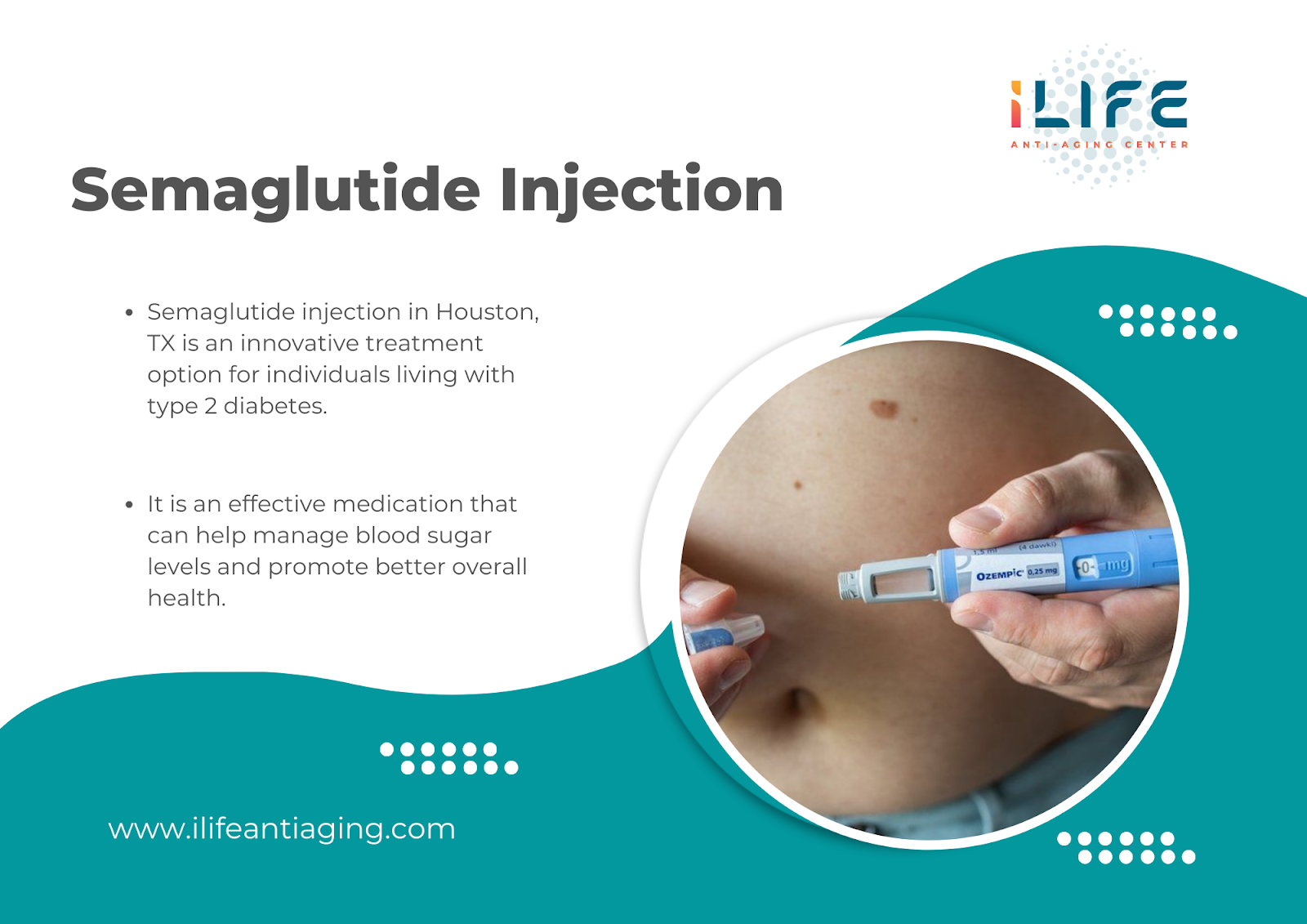Dental Bridges for a Brighter Smile: What You Should Expect the Procedure
Dental Bridges in Dallas, & Duncanville, TX

Dental bridges in Dallas & Duncanville ,Tx: are dental restoration procedures that are used to replace missing teeth that have been extracted or fallen out. These days there are different dental procedures to help you maintain your complete tooth appearance and keep your radiant smile even after losing a tooth or few. One of the best dental solutions for missing teeth is dental bridges.
In this article, we will be discussing dental false tooth bridges in detail including the preparation and cost of their procedure.
What are Dental Bridges?
They are fixed teeth restoration used to substitute missing teeth by joining artificial teeth to adjacent natural teeth or implants. It serves as an efficient dental treatment to restore bite, and smile and boost your oral health.
Different types of dental bridges in Dallas, & Duncanville, TX
There are different types of dental bridges. They include:
1. Traditional bridges
This type is used to replace missing teeth with healthy natural teeth on each of its sides. Both of the teeth on the side of the gap will be reshaped and fitted with crowns so they can provide rigid support when the dental bridge is positioned in the gap.
2. Cantilever bridges
This is the one used when there’s no tooth on one side of the gap where the bridge is to be placed. Cantilever bridges aren’t as common as traditional fixed dental bridges. While it’s a suitable option for front teeth, it’s not too ideal for back teeth as they exert too much strain on the anchor teeth.
3. Maryland bonded bridges
These bridges are quite similar to traditional bridges but instead of dental crowns, a metal or porcelain framework is used to support the bridge. With this type of bridge, there’s no need to reshape adjacent teeth.
Conditions That May Require A Dental Bridge
1. Missing teeth
You may require a false tooth if you’re missing a tooth or few. The false tooth bridge is anchored on the adjacent teeth to provide maximum support for the bridge.
2. Gaps in the teeth
False tooths are also used to eliminate the presence of gaps in the teeth. If you’re having more gaps in the teeth than you’re comfortable with you can visit your dentist.
Preparation for Dental Bridges
Certain things should be done in preparation for getting false tooth bridges. These preparations include:
Initial consultation with a dentist
This is to determine if you’re an ideal candidate for this procedure.
X-rays and impressions of the teeth
There are different kinds of a false teeth and taking your x-rays and teeth impressions will help to determine the best fit for your treatment.
Preparing the abutment teeth
This is done by filing the teeth down to accommodate the false tooth.
Temporary bridge placement
A temporary bridge is put in place to hold things down while the permanent bridge is being made.
Proper oral hygiene practices
The benefit of practicing good dental hygiene is numerous, one of which is the successful placement of the false tooth.
Steps of the dental bridge procedure

1. Consultation And Assessment
This is the first step involved in the placement of procedure. During this stage, the state of your dental condition is checked to determine if a false tooth is the best treatment option for you. X-rays of your jaw are taken to understand your concerns and recommend the best solution.
2. Teeth Preparation
Next in line is to prepare the healthy teeth that serve as abutment teeth for the bridge. This includes shaping the teeth for the bridge to fit and it involves the use of local anesthesia.
3. Bridge Placement
The teeth impression is taken and sent to the lab for dental construction. The prosthetic is designed to match the color of the patient’s natural teeth. A patient may be fitted with a temporary bridge before the permanent one is ready. When it’s ready the temporary bridge is removed and replaced by a permanent bridge.
This procedure can take up to three weeks from the consultation and assessment visit to the permanent bridge placement appointment. You will need to make at least two to three dentist visits to complete the procedure. It’s not a painful procedure but you should expect some discomfort during the procedure. Although it takes a few visits to the dentist to complete, the procedure is worth it.
4. Preparations
- Local anesthesia is administered to minimize discomfort.
- The teeth impression is taken to help with constructing the false tooth.
- Temporary is put in first before permanent tooth bridges are ready.



Comments
Post a Comment